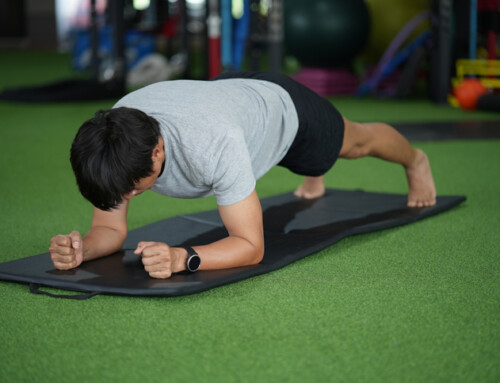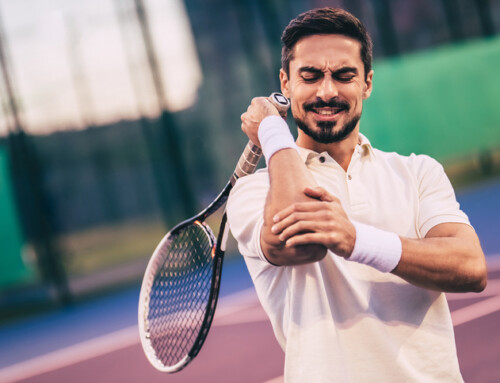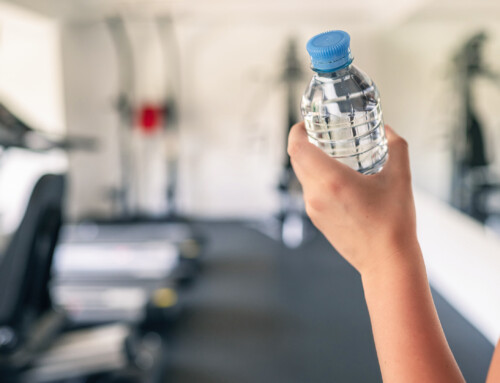Dominic Bendetti, SPT
You and Your Balance
Being able to maintain balance in younger individuals is a skill that is very often taken for granted. Balance, also termed as postural control, can be divided into two categories: Orientation and Equilibrium. Postural Orientation relates to the incorporation of various senses in order to orient the body relative to the environment around it.
3 Major Sensory Components of Postural Orientation
1. Vision
Our eyes quickly can detect our body’s changes in position. As we age it is common that changes to our vision will occur. This is seen in people who commonly get corrective lenses in order to remedy these changes.
2. Vestibular
Also commonly referred to as the inner ear. This helps to send signals to the brain relating to the movement and position of the head. This is another sense that function declines with age.
3. Proprioception
Relates to the body’s ability to sense positional change or movements of the various joints of the body through space. Again as with the prior senses that contribute to balance it is also susceptible to age related changes
Postural Equilibrium
Postural equilibrium on the other hand has to do more with complex movement and is focused on coordinating those movements in order to keep the body’s center of mass (COM) within the body’s base of support (BOS). Postural equilibrium utilizes the three senses, but is more related to the incorporation of these three senses in response to internal or external triggers. An example of an internal trigger would be just walking around with the desire of accomplishing a tasks. In order to complete that task, a person will need to balance the force of gravity with the forces that their muscles are generating in order to keep the weight of their body (COM) above their feet (BOS), to put it simply.
An example of an external trigger might be a person who is pushed from behind. This person will still have to balance gravity and muscle force, but will also have to create muscle forces that counter how hard the individual has been pushed. Depending on the force that these triggers place upon the body an individual might have to employ a type of reactive strategy in order to stay steady.
4 Types of Reactive Strategies
1. Ankle Strategy
This strategy is used with smaller perturbations. It involves weight shifting and muscle activation around the ankles and feet.
2. Hip Strategy
This strategy is typically used with a medium-sized perturbation. It involves hinging at the hips in order to absorb some of the force that has been applied. Those individuals who have a fear of falling will more often use this strategy.
3. Stepping Strategy
This is used with larger perturbations to an individual’s balance. It involves taking a step in line with the force that was applied in order to reestablish their balance.
4. Reaching Strategy
Although it is not always considered a truly reactive strategy it is still important because there needs to be a stable support surface to grab onto. If we rely upon reaching and grabbing onto a nearby object rather than the utilization of the prior strategies it could lead to falls.
Physical Therapy & Balance In Younger Individuals
In physical therapy, we commonly work to identify any one of the senses that may be contributing to problems with balance. We also work to better incorporate all of the senses into a person’s ability to balance. Lastly, it is extremely common to work on developing better reactive strategies in order to keep a person safe in case they are losing their balance and need to quickly reestablish it.
Balance in younger individuals should not be taken for granted. Contact us at 518-289-5242 to schedule an appointment with one of our physical therapists. We offer evaluations and screenings, as well as sport specific training and physical therapy at our three physical therapy clinics in the NY Capital and Southern Adirondack regions.





